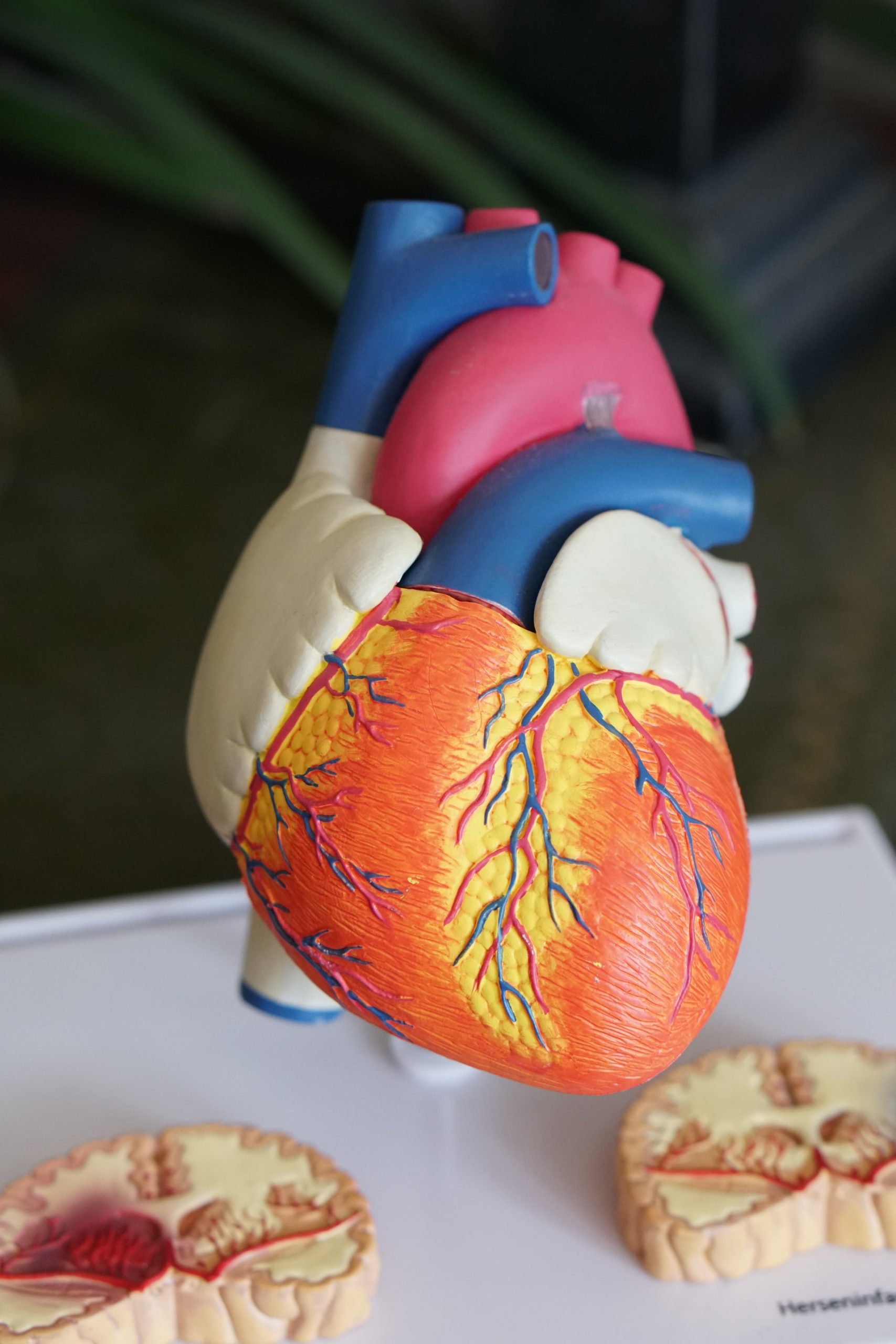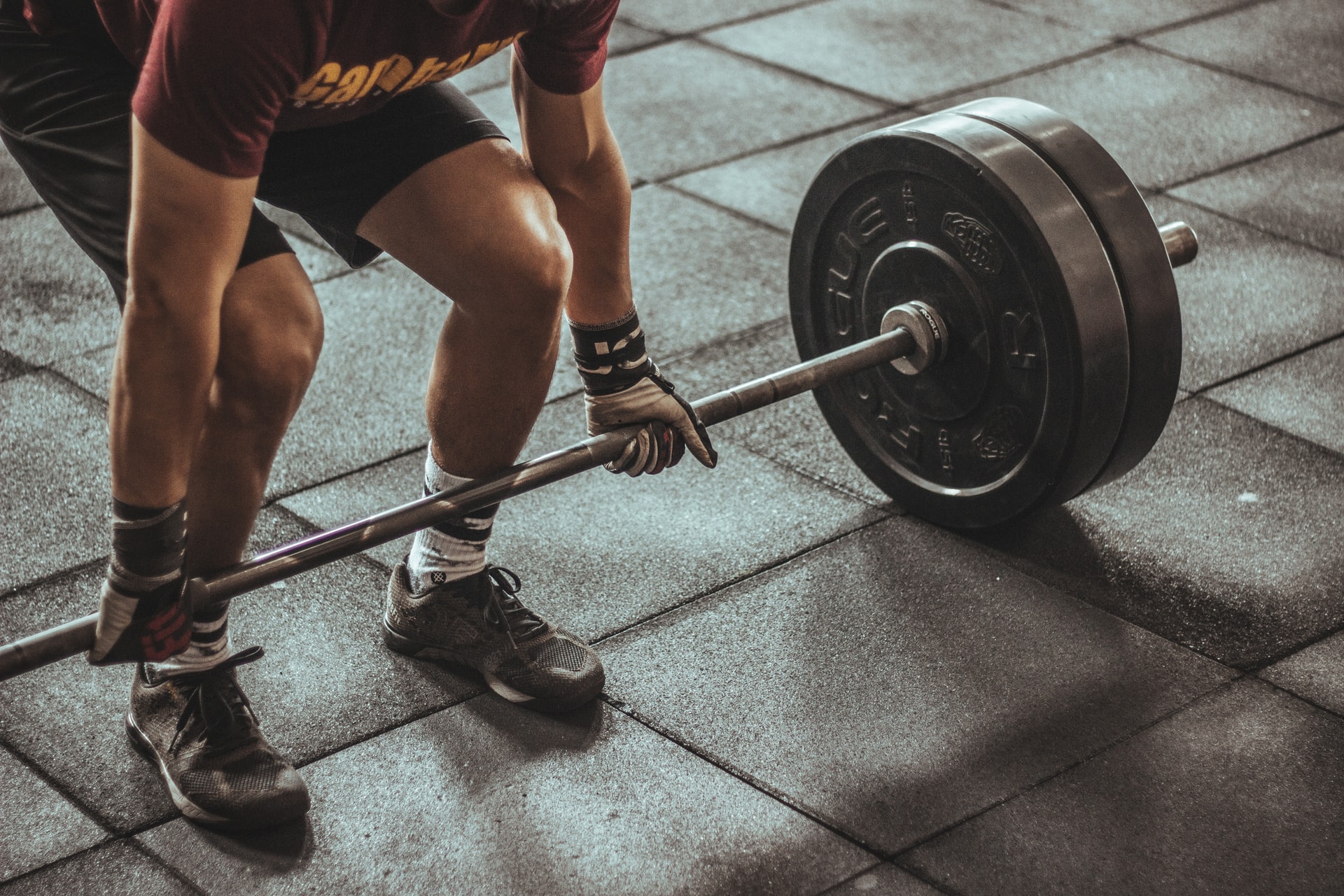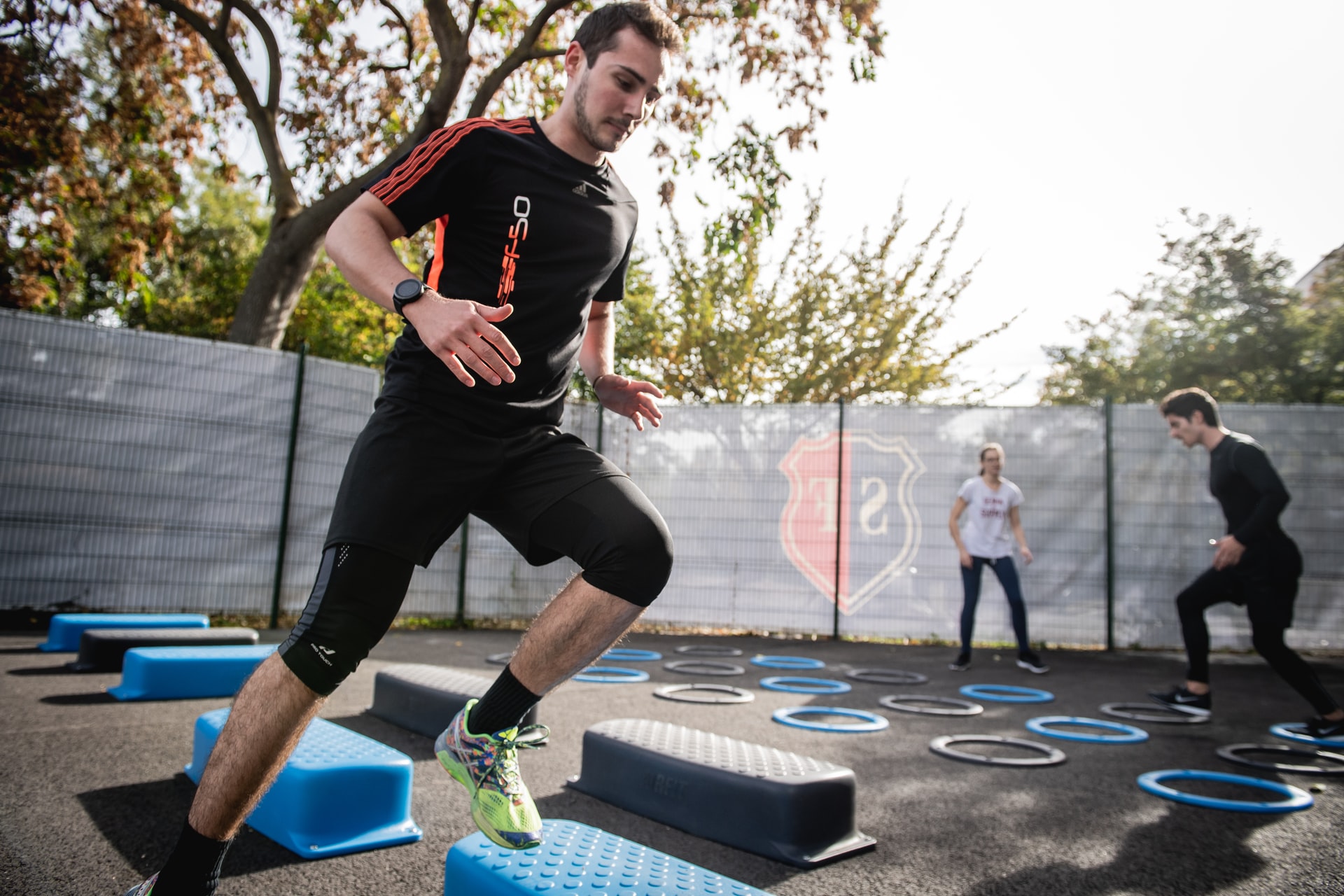Wearable technology is the latest frontier in mobile tech and was a huge a best-seller in 2015. By the end of this year, shipments for wearable tech, such as wristband fitness trackers and smartwatches will top 76 million units, according to the market intelligence research firm IDC. That’s almost 165 percent more than the 2014 numbers.
Basic trackers, like wrist monitors, are some of the most popular items. But smartwatches have been beefing up their offerings as well. For example, the Moto360 has many built-in apps that help you keep in touch during your workout and track your fitness numbers at the same time. Best of all, it pairs with the HTC One M9, which comes with the “life happens” free replacement for the first 12 months in case you break it while out on a hike or white water rafting.
But what do these devices actually do for you? On their most basic level, they keep track of your metrics inu a number of key areas, including the following:
Heart Health Dominates Wearable Tech Fitness Tools
Heart health and heart rate monitoring are among the most popular fitness features in wearable tech. You can use your device to calculate your resting-, maximum-, and target heart rates.
Your target heart rate is the sweet spot that helps you get the most out of your workout, whether it’s burning calories and fat for weight loss, adding muscle, or improving your athletic performance. The American Heart Association offers guidelines to determine each of these rates. Remember, heart rates change as you become more fit and get older, as well as during major events like watching your child’s birth. Send your heart data to your laptop or smartphone to track it over weeks and months.
Pulse oxygen trackers record the level of oxygen in your blood. It’s a good tool to use when you first start working out to help determine your capacity. As you get in better shape, you can use these numbers to fine tune your workout.
Step detection can also help you monitor your heart health. These devices measure how many steps you take during a workout, lunchtime walk, or quick run up the stairs at work instead of using the elevator. Couple it with a pulse oxygen tracker to see how your heart tolerates extra movement while you adjust to your new routine.
Poor Sleep Harms Your Overall Health
Poor sleepers are at risk for heart and other health problems. If this sounds like you, you may want to turn to wearable tech to measure the quality of sleep you do get.
While sleep monitors can confirm a problem, they don’t always indicate the causes for mid-sleep awakening or restless sleep. In these cases, blood sugar and temperature monitors can help. If you see a pattern of blood sugar and temperature spikes immediately before interrupted sleep, a late, heavy meal or snack could be the cause. For many people, eating too close to bedtime triggers blood sugar spikes. These in turn can raise body temperatures, which may cause you to wake up. Alternatively, when your blood sugar levels fall, your adrenaline kicks in, which could also cause you to wake up. Ending late-night eating can halt this cycle and give your body some much-needed rest.



